When Should Children be able to Say Certain Sounds? (And How Can We Help?
One of the top questions I get is about whether or not a child should be saying certain speech sounds.
Let me tell you, there is a WIDE range of normal when it comes to speech sound acquisition.
But in general, we know that certain sounds (like /b/ and /m/) come in early…
…and other sounds (like /r/ and /l/) come in later.
And knowing those milestones can help us decide which children need speech therapy, and which can wait it out.
I’m speech-language pathologist Carrie Clark and in today’s episode of The Speech and Language Kids Podcast, I’ll be telling you what ages certain sounds should come in by and I’ll be giving you a Therapy Roadmap for how to help them if they’re not.
Listen to the Podcast Here
You can listen to the full podcast episode below:
Ages for Speech Sounds:
But before we get to the roadmap, let’s answer the question that everyone is asking:
When should children be able to say each speech sound?
I’ve got it all laid out for you right here:
Speech Sounds By Age:
The following sound chart represent the age of acquisition for the English speech sounds. The age below indicates that 90% of children are saying this sound consistently when they turn that age. For example, for the /b/ sound, 90% of children are able to produce the /b/ sound correctly in everyday speech by their third birthday.
Click here to view the research behind this speech sound age chart.
/b/ Sound…………………….3 years
/n/ Sound…………………….3 years
/m/ Sound……………………3 years
/p/ Sound…………………….3 years
/h/ Sound……………………3 years
/w/ Sound…………………….3 years
/d/ Sound……………………..3 years
/g/ Sound (as in “go”)…….4 years
/k/ Sound………………………..4 years
/f/ Sound………………………….4 years
/t/ Sound………………………….4 years
“ng” Sound (as in, “ring”)……4 years
“y” Sound (as in, “yum”)……..4 years
/v/ Sound………………………….5 years
“j” Sound (as in, “jam”)……….5 years
/s/ Sound………………………….5 years
“ch” Sound…………………………..5 years
/l/ Sound…………………………….5 years
“sh” Sound…………………………..5 years
/z/ Sound …………………………..5 years
/r/ Sound……………………………6 years
Voiced “th” (“they”)……………..6 years
Soft “j” (“beige”)………………….6 years
Voiceless “th” (“thumb”)……….7 years
* Keep in mind, most state education departments have their own chart of when children in the public schools qualify for services based on sound. These ages may be different than the research presented here.
But there is a Wide Range of Normal!
Ok wait!
Before you post a comment telling me I’m wrong….
There is a wide range of “normal”.
Many children acquire these sounds earlier or even later than these ages!
Different research studies put these ages at different levels.
This was a study done in 2020 but other studies have reported different findings.
That’s because all children acquire sounds differently.
How to Tell if the Child Needs Speech Therapy:
Instead of getting hung up on the details…
….look for patterns.
Is the child missing MANY of these sounds?
Then there may be a problem.
If the child is only slightly behind these ages, then we may not need to worry too much.
A speech-language pathologist can do a full evaluation to see if there are enough red flags for us to feel that therapy is warranted.
Therapy Roadmap for Speech Sound Therapy:
So what do we do if we feel a child needs help with pronouncing speech sounds?
We follow the roadmap.
The first step of the roadmap is picking which road you want to follow first.
There’s no wrong answer here, just go with the one that makes the most sense right now.
(And revise your path later if they’re not making progress.)
Choose a Road:
- Motor Speech Path: Choose this path if the child has motor speech problems, such as apraxia. These children tend to say words differently each time they try. Sometimes they can say a word clear as day and others not at all.
- Phonology Path: Choose this path if the child has trouble with certain classes or groups of sounds, such as “sounds at the ends of words” or “fricative sounds (long sounds like /s/ and /f/)”.
- Articulation Path: Choose this path if the child struggles with specific sounds, like the /r/ sound. Or if they have a lisp.
- The Mumblers Path: Choose this path if the child can say all speech sounds correctly in single words or shorter utterances but they’re hard to understand in conversational speech or when they start going fast.
Motor Speech Roadmap:
Instead of working on specific sounds, you’ll be working on specific word structures, like:
- Consonant-Vowel words like “go” or “hi”
- Vowel-Consonant words like “up” and “on”
- Consonant-Vowel-Consonant words like “cup” and “hat”
- etc.
Choose one structure to practice at a time.
When they can do those words, add a sound or add a new structure with sounds they can already say.
Phonology Roadmap:
Decide if you’ll work on one phonological process at a time or if you’ll use a Cycles Approach.
Target that phonological process through these steps:
- Auditory Bombardment
- Auditory Discrimination
- Producing Class of Sounds in Single Words
- Producing Class of Sounds in Phrases
- Producing Class of Sounds in Sentences
- Producing Class of Sounds in Conversation
Articulation Roadmap:
Choose a sound to teach.
Target that sound through these steps:
- Sound in Isolation
- Sound in Non-Sense Syllable
- Sound in Single Words
- Sound in Phrases
- Sound in Sentences
- Sound in Conversation
Mumbling Roadmap:
Teach the child how to overexaggerate their sounds and slow down.
Teach over-articulation through these steps:
- Over-articulation in single words
- Over-articulation in phrases
- Over-articulation in sentences
- Noticing signs that someone doesn’t understand you
- Correcting by using over-articulation during moments that you aren’t understood
Need Therapy Plans for These Skills?
We have step-by-step therapy plans that will take you from start to finish on each of these skills.
Get easy-to-follow plans that work for real kids in real sessions.
Podcast: Play in new window | Download | Embed
Subscribe: Apple Podcasts | RSS
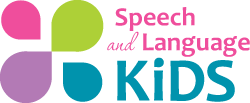
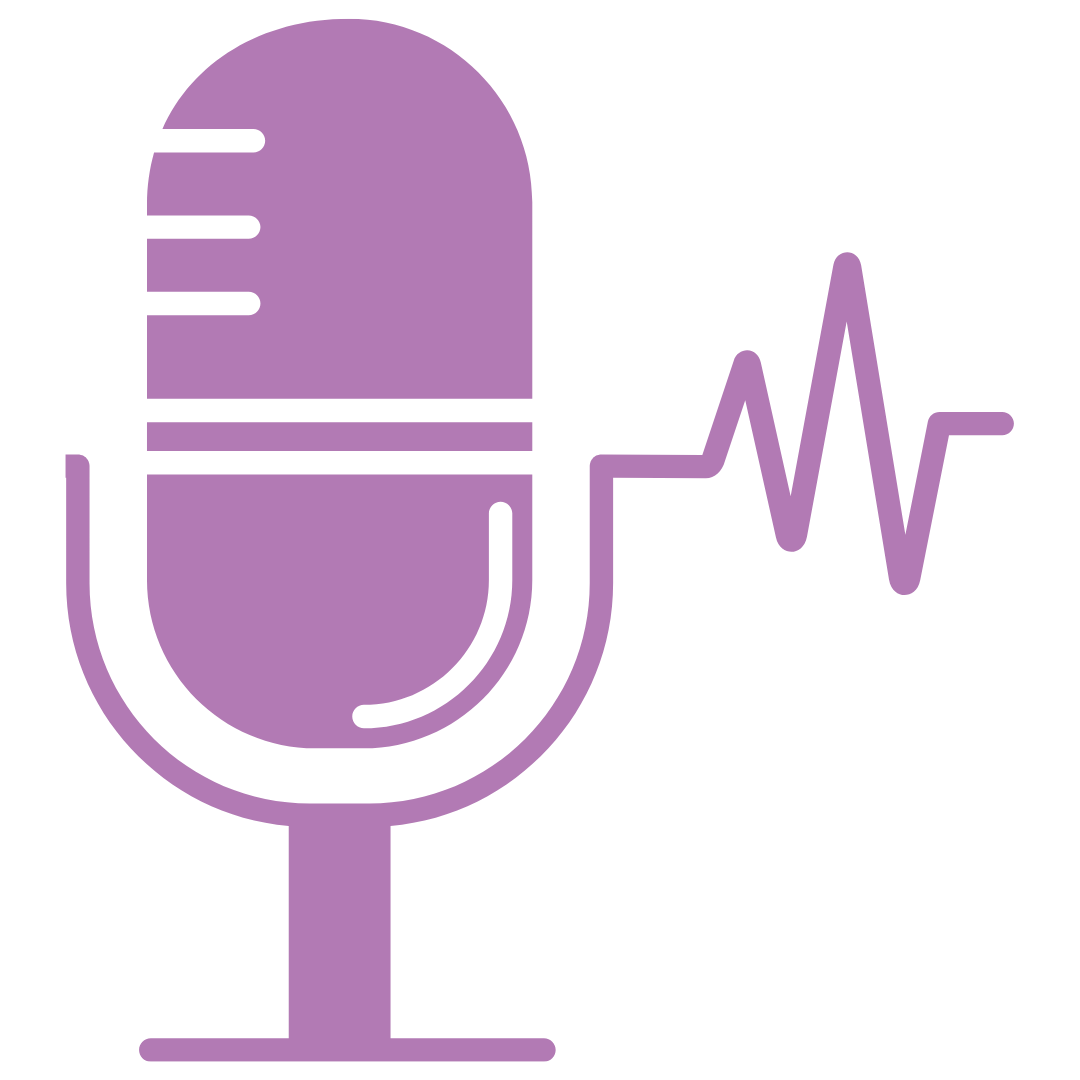
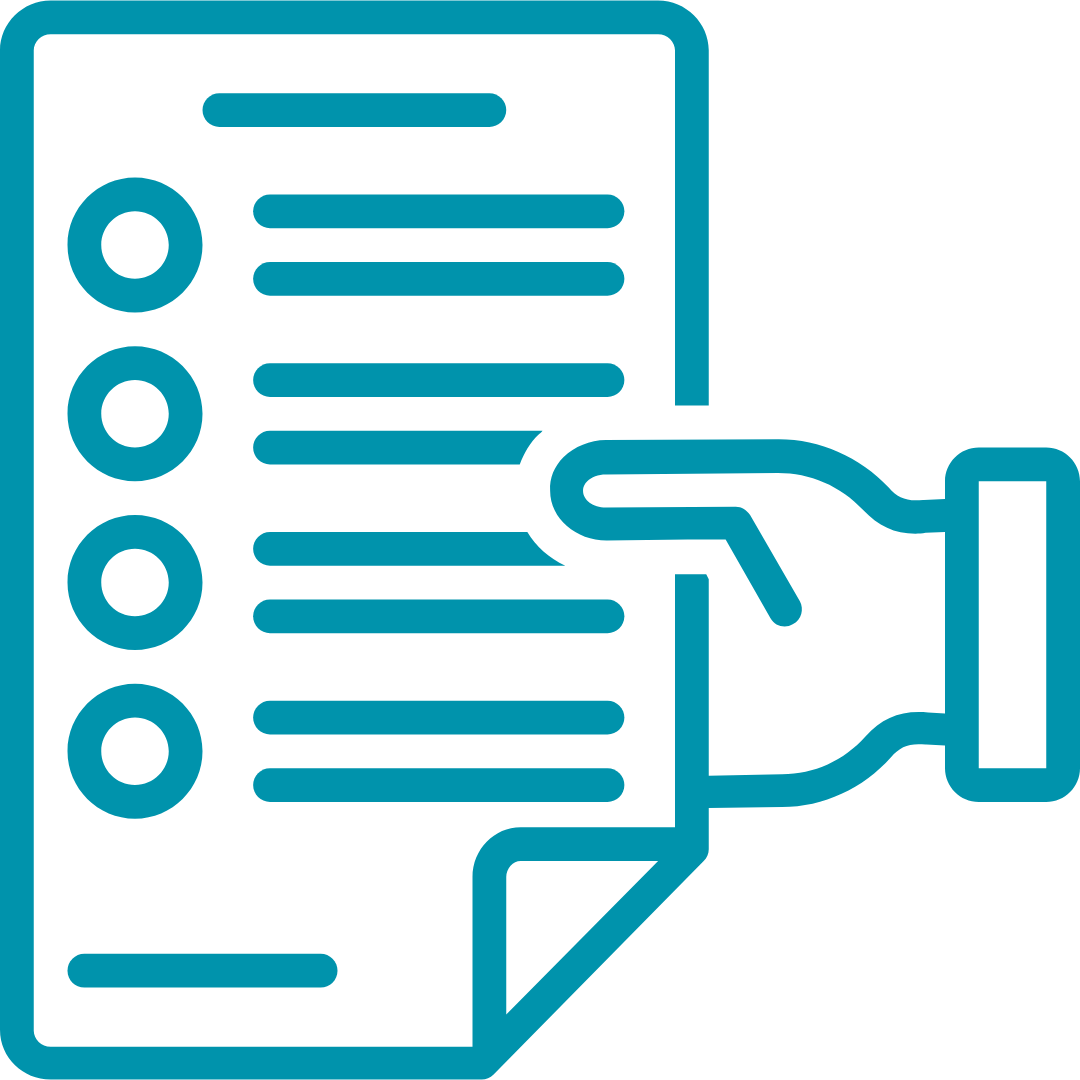
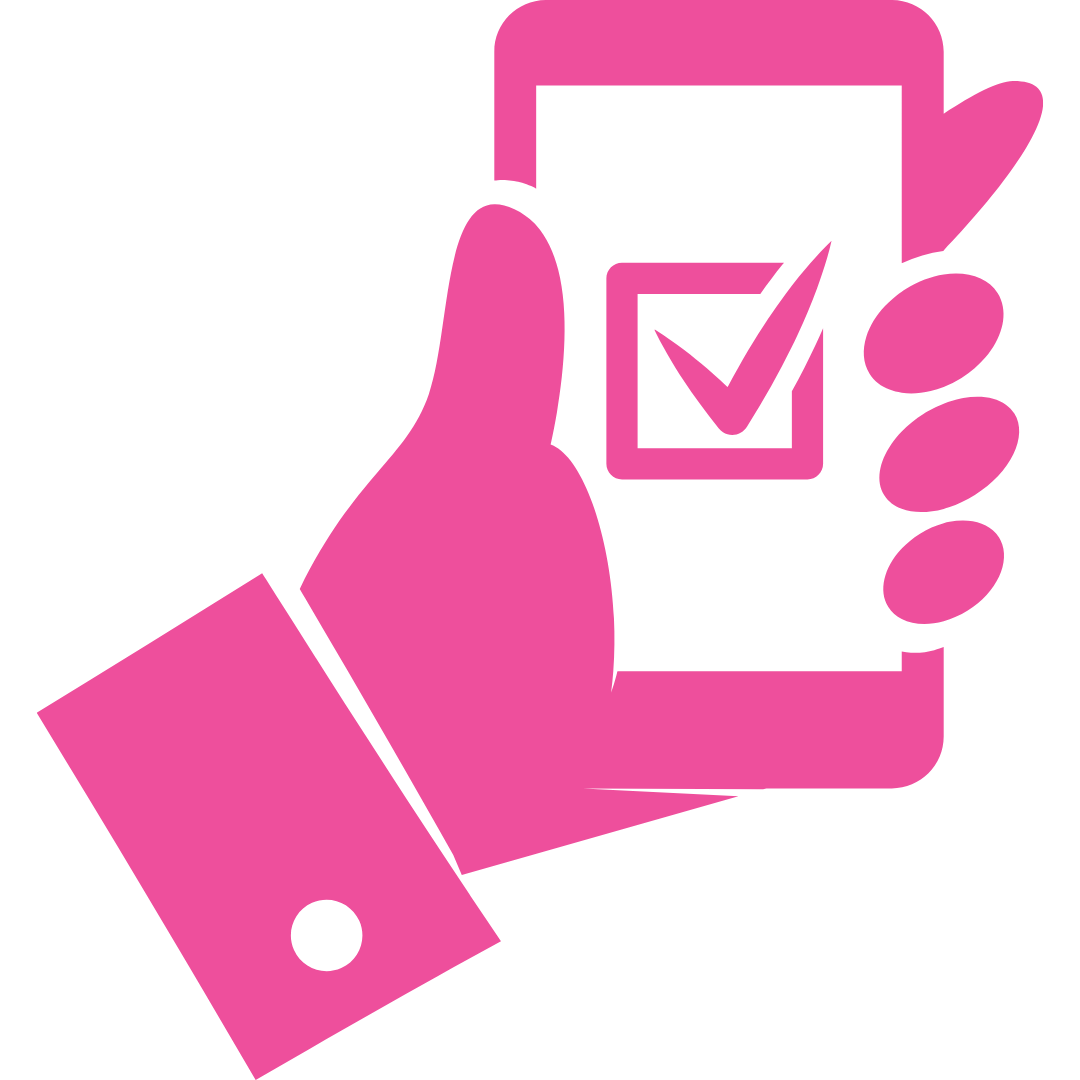
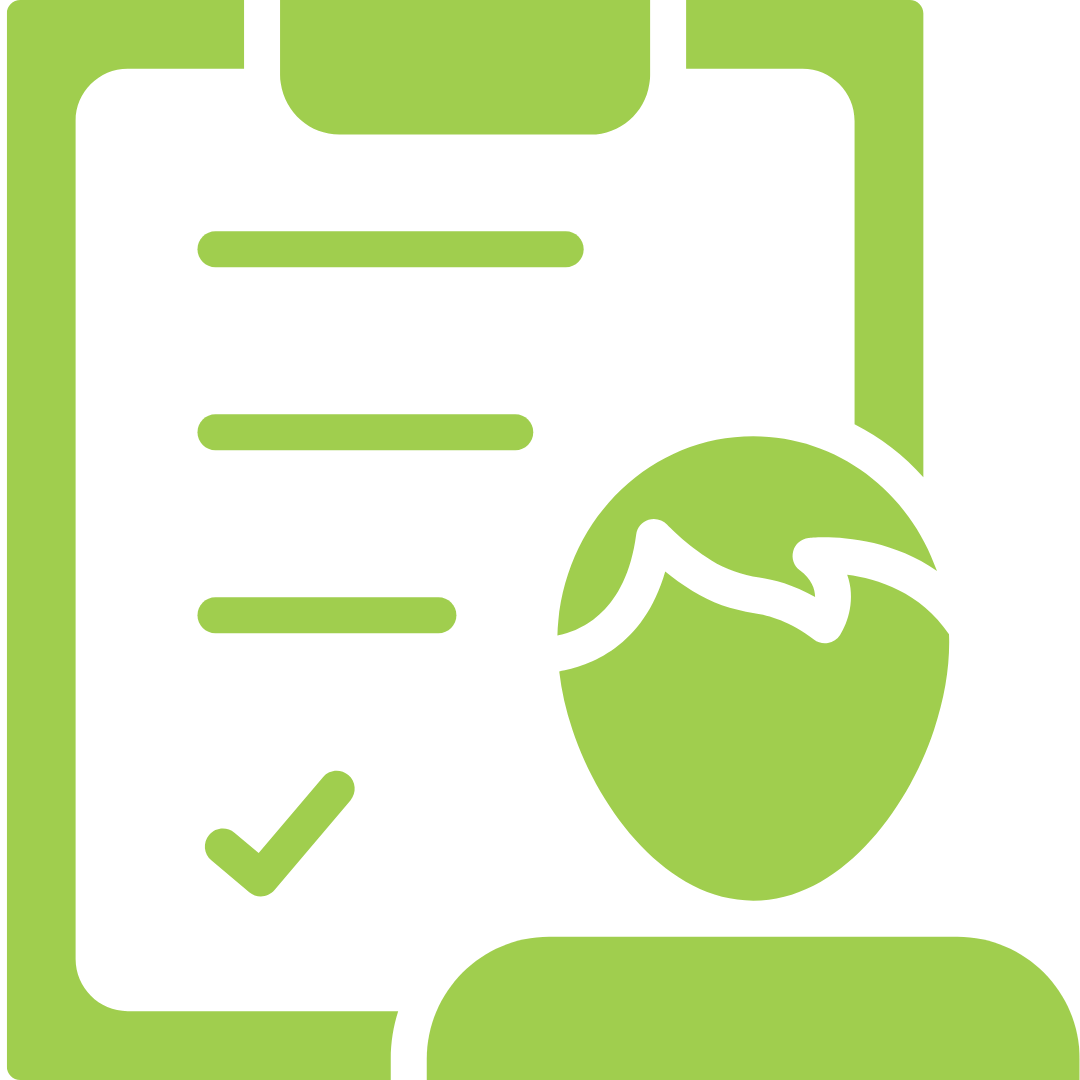
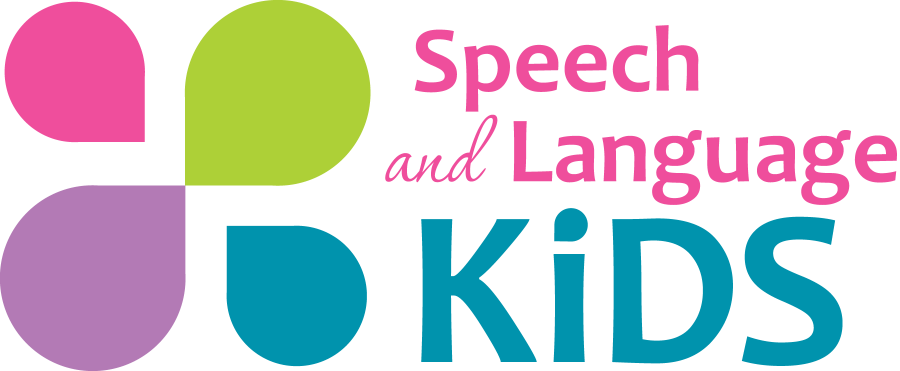
Leave A Comment